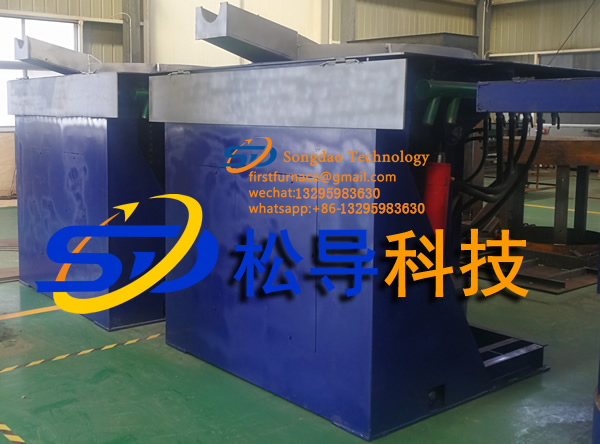- 17
- Jan
Mokhoa oa ho khetha lisebelisoa tsa ho futhumatsa ka induction
Mokhoa oa ho khetha lisebelisoa tsa ho futhumatsa ka induction
1. The shape and size of the workpiece to be heated: For large workpieces, bars, and solid materials, lisebelisoa tsa ho futhumatsa with relatively high power and low frequency should be used; for small workpieces, pipes, plates, gears, etc., use relatively low power and high frequency Induction heating equipment.
2. The depth and area to be heated: the heating depth is deep, the area is large, and the overall heating should be high-power, low-frequency induction heating equipment; the heating depth is shallow, the area is small, local heating, and the relative power is small, and the frequency is high. Heating equipment.
3. Required heating speed: Fast heating speed is required. Induction heating equipment with relatively large power and relatively low frequency should be selected
4. The continuous working time of the equipment: The continuous working time is long, and the induction heating equipment with a slightly larger power is used. On the contrary, the equipment with relatively small power is selected.
5. Sebaka sa khokahano lipakeng tsa karolo ea induction le lisebelisoa: khokahano e telele, mme le khokahano ea thapo e pholileng ea metsi ea hlokahala. Lisebelisoa tsa ho futhumatsa motlakase ka matla a batlang a le holimo li lokela ho sebelisoa.
6. Process requirements: Generally speaking, for quenching, welding and other processes, you can choose a lower power and a higher frequency; for tempering, annealing and other processes, choose a higher relative power and a lower frequency; red punching, hot forging If a process with a good diathermy effect is required, the power should be larger and the frequency should be lower.
7. Lisebelisoa tsa mochini oa mosebetsi: hara lisebelisoa tsa tšepe, ntlha e phahameng e qhibilihisang e batla e le kholo, ntlha e qhibilihisang e tlase e batla e le nyane; resistivity e tlase e phahame, ‘me e holimo e hanela ka tlase.

